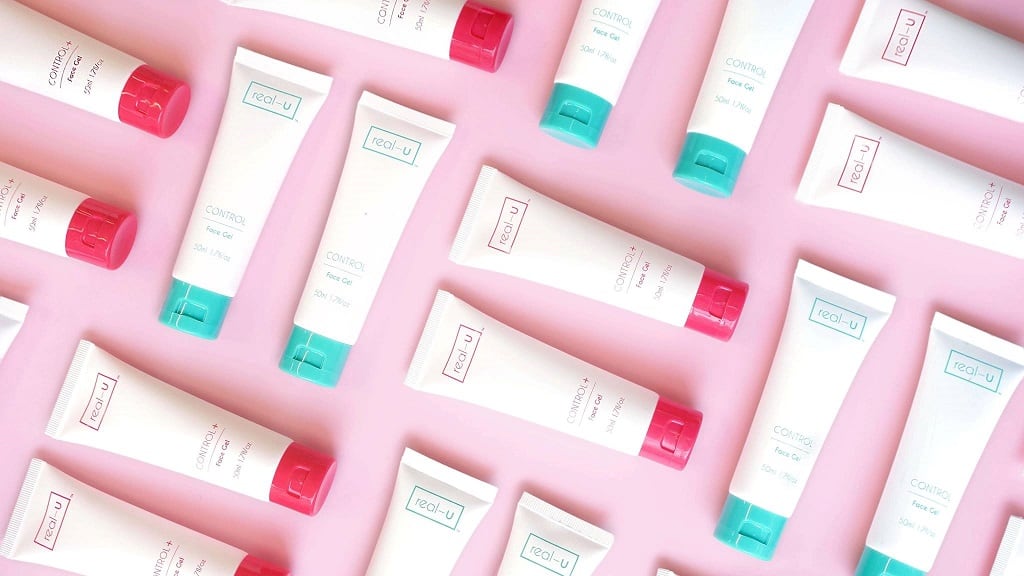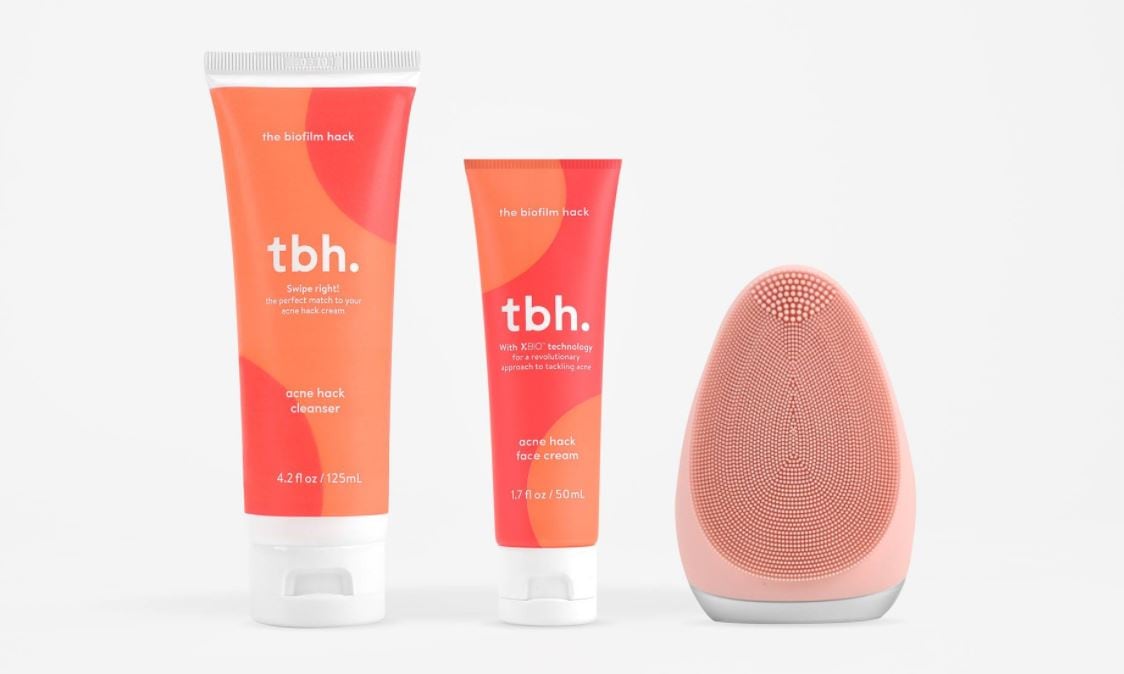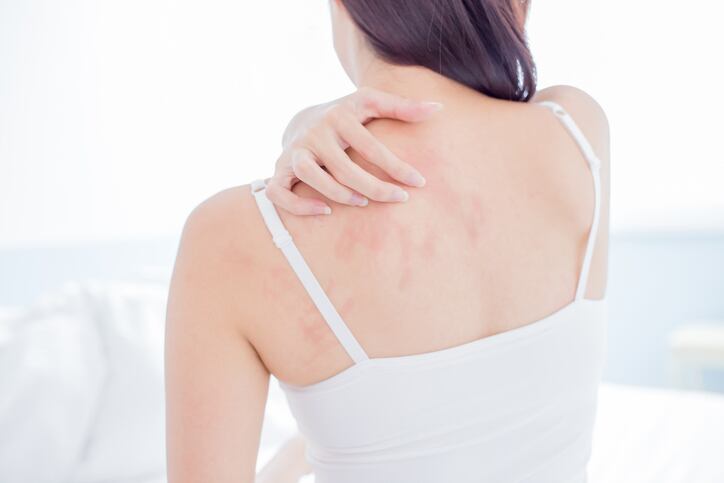LactoSporin is produced by Sami Labs Limited Bangalore (India) and marketed by Sabinsa, a US-based supplier of cosmeceuticals. Launched in March 2019, it is a non-living microbial cell (postbiotic), purified from the probiotic strain B. coagulans (MTCC5856).
Sabinsa markets LactoSporin as an ingredient for cosmeceutical products with anti-microbial, anti-oxidant, anti-collagenase properties.
Conducted at the MS Clinical Research Pvt Ltd in India, researchers found LactoSporin could reduce the sebaceous secretion and target comedones better than benzoyl peroxide.
The results were published in the journal Cosmetics.
Data collection
In this randomised, open-label, comparative, safety and efficacy study, researchers recruited 64 male and female subjects between 18 to 35 years. Subjects had normal-to-oily skin types, Fitzpatrick skin types III to V, with mild to moderate acne.
They were randomly assigned to two groups and provided with either LactoSporin 2% or benzoyl peroxide 2.5%, with the instruction to use it twice a day for 21 days. A neutral cleanser (Cetaphil) and moisturising syndet bar were also distributed to both groups, and subjects were told to use twice a day.
The primary outcome was the mean reduction in acne lesions (measured through the reduction in elevation and redness by Antera measurement), mean reduction of sebum secretion (through Sebumeter measurement) and the mean reduction in non-inflammatory and inflammatory lesions (by dermatologists’ image assessments).
The secondary outcome was related to the efficacy assessment by a self-assessment questionnaire.
Researchers also conducted in-vitro studies of LactoSporin, measuring pH stability, thermostability, antimicrobial activity and 5-alpha reductase activity.
Acne lesions
The Antera assessment is a measure of inflammation and was performed on inflamed acne by the dermatologist.
Both LactoSporin and benzoyl peroxide showed a reduction in inflammation as early as three days after application. At the beginning of the study, the mean redness in the LactoSporin and benzoyl peroxide groups was 43.89 ± 3.76 and 44.08 ± 2.87, which was subsequently reduced to 39.54 ± 4.55 and 39.18 ± 2.97, respectively at day 21.
In terms of the elevation (raised acne), both groups also observed a significant decrease by day 21.
Sebum secretion
Sebum secretion reduced significantly from 106.74 ± 9.78 µg/cm2 (LactoSporin) and 108.13 ± 9.32 µg/cm2 (benzoyl peroxide) at baseline, to 61.41 ± 7.91 µg/cm2 and 61.11 ± 7.16 µg/cm2 respectively at day 21 (p<0.001).
The percentage of reduction was 42.4% and 43.4% in the LactoSporin and benzoyl peroxide groups, which resulted in reduced oiliness, pimples, acne spots and redness around the acne spot.
Dermatological assessment
The dermatological assessment was performed by counting the inflammatory (papules and pustules – raised skin tissues) and non-inflammatory (open and closed comedones) lesions.
Comedones are small bumps found on the skin. Open comedones are blackheads, while closed comedones are whiteheads.
The mean number of open comedones reduced from 1.03 ± 1.82 to 0.38 ± 0.75 with a 63.11% reduction for LactoSporin and 1.00 ± 1.74 to 0.50 ± 1.16 with a 50.0% reduction for the benzoyl peroxide group.
The onset of efficacy for closed comedones was very early for LactoSporin, as early as day seven, providing a quicker benefit than benzoyl peroxide which only observed results on day 14.
Similarly, the closed comedones reduced by 50.02% for LactoSporin and 49.50% for the benzoyl peroxide group.
The count of papules and pustules also reduced following the applications of LactoSporin and benzoyl peroxide for three weeks at all the time points.
Self-assessment questionnaire and in-vitro
In the self-assessment questionnaire, application of both LactoSporin and benzoyl peroxide showed a statistically significant reduction in oil and grease from the face compared with their respective baseline from day three onwards, and the perception was more robust on day 21.
The study reported no adverse side effects.
In a separate in-vitro study, LactoSporin was found to show antimicrobial activity at acidic pH conditions. Skin pH ranges from 4 to 6, normally acidic, which suggests that LactoSporin could be highly effective as a topical formulation.
In addition, it is thermostable, water-soluble and can be adapted for different formulations with ease.
“The major finding of this study shows that LactoSporin reduces the sebaceous secretion by its 5-alpha reductase inhibitory and antimicrobial properties, which are better than benzoyl peroxide and can be a potential ingredient for other Seborrheic conditions as well,” researchers wrote.
Considering the clinical efficacy, continuous treatment and patient satisfaction, the efficacy of LactoSporin is equivalent to benzoyl peroxide in the treatment of mild-to-moderate acne lesions, and is a potential alternative treatment for acne vulgaris.
One limitation of this study was the single and small population. Researchers recommend further studies on a larger sample in multiple ethnic populations to substantiate the findings.
Source: Cosmetics
https://doi.org/10.3390/cosmetics7030070
“Novel Topical Application of a Postbiotic, LactoSporin, in Mild to Moderate Acne: A Randomized, Comparative Clinical Study to Evaluate its Efficacy, Tolerability and Safety”
Authors: Muhammed Majeed, et al.




